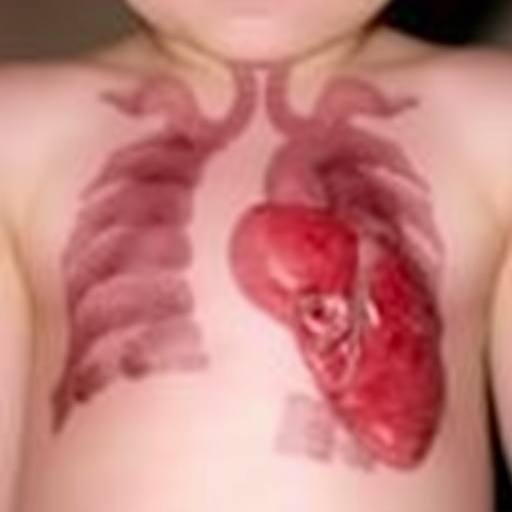BINGHAMTON, N.Y. — Older adults at risk for falls are less likely to suffer fall-related hospitalizations when they have a "fall plan of care," according to new research featuring faculty at Binghamton University, State University at New York.
Older adult falls pose a growing burden on the U.S. healthcare system. The Centers for Disease Control and Prevention's Stopping Elderly Accidents Deaths and Injuries (STEADI) initiative was developed as a multifactorial approach to fall prevention that includes screening for fall risk, assessing for modifiable risk factors, and prescribing evidence-based interventions to reduce fall risk. The purpose of this study was to determine the impact of a STEADI initiative on medically treated falls within a large healthcare system in Upstate New York.
"Fall prevention activities such as raising awareness about fall risk, identifying individual risk for fall, discussing fall risk prevention strategies and providing referrals to fall risk reduction programs in the community for older adults were shown to reduce fall-related hospitalizations," said Yvonne Johnston, research associate professor at the Binghamton University Decker School of Nursing and corresponding author of the paper. "As a result of these interventions, older adults may be more conscious of conditions that contribute to falls, take steps to modify their home environment to reduce fall risk, and participate in falls prevention programs and physical activities that improve strength and balance. These steps, what we called development of a Fall Plan of Care, likely contributed to the observed lower rates of fall-related hospitalizations for older adults who were identified as being at risk for fall."
The researchers classified older adults who were screened for fall risk into three groups: (a) At-risk and no Fall Plan of Care (FPOC), (b) At-risk with a FPOC, and (c) Not-at-risk. The sample consisted of 12,346 adults age 65 or older who had a primary care visit at one of fourteen outpatient clinics between September 11, 2012 and October 30, 2015. A medically-treated fall was defined as a fall-related treat-and-release emergency department visit or hospitalization. The researchers found that older adults at-risk for fall with a FPOC were 0.6 times less likely to have a fall-related hospitalization than those without a FPOC and their post-intervention odds were similar to those who were not-at-risk.
This project demonstrated that healthcare systems can successfully implement fall prevention screening and referral for older adults in the primary care setting, said Johnston.
"The STEADI initiative can be feasibly modified to streamline office workflow, and incorporation of a fall risk screening protocol in the electronic health record can provide a supportive infrastructure for addressing fall risk among older adults," she said. "These system-wide changes–screening for fall risk among older adults in primary care and developing a plan of care for those identified as being at risk for fall–were shown to have a positive impact on reducing hospitalizations. These findings suggest benefit for patient health and well-being and potential reduction in health care costs associated with fall-related hospitalizations."
###
In collaboration with the Centers for Disease Control and Prevention, the National Network of Public Health Institutes, the New York State Department of Health, the Broome County Health Department, and United Health Services, Inc., Johnson and her team have continued work in the area of older adult fall prevention by examining ways to improve the referral process and ways to increase patient receptivity to fall prevention recommendations made by healthcare providers.
The paper, "Implementation of the Stopping Elderly Accidents Deaths and Injuries (STEADI) Initiative in Primary Care: And Outcome Evaluation," was published in The Gerontologist.
Media Contact
Yvonne Johnston
[email protected]
607-777-2622
@binghamtonu
http://www.binghamton.edu
http://dx.doi.org/10.1093/geront/gny101




